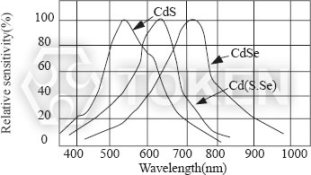There is currently another thread broaching the subject of spectral response of meter cells (link following this sentence), but I decided to introduce a new one so as to be more focused on the question. Link: (there was a url link here which no longer exists)
Hopefully I can draw some knowledgeable responders on the subject. Perhaps put another way, black and white film tungsten ratings, or metering in other lighting conditions than daylight. I believe it is universally accepted that exposure meter sensitivity is planned to be in the 5600K neighborhood of color temperature. But what about metering in other lighting? What sort of allowance should be made for the meter's non-linear behavior in different kinds of light? I post here a link leading to the spectral response of one single distributor's product, a CdS cell: http://www.token.com.tw/resistor/photo-cds.htm
But I have never undertaken a study on this subject. I'm just a person who has experienced a lifetime of poorly exposed negatives and never considered why. Now interested in the subject, I put forth this thread fishing for responders who may be better versed in the matter. This one link I just posted is my first step in the study of the matter. Hardly a definitive treatise. Any input welcomed.
Hopefully I can draw some knowledgeable responders on the subject. Perhaps put another way, black and white film tungsten ratings, or metering in other lighting conditions than daylight. I believe it is universally accepted that exposure meter sensitivity is planned to be in the 5600K neighborhood of color temperature. But what about metering in other lighting? What sort of allowance should be made for the meter's non-linear behavior in different kinds of light? I post here a link leading to the spectral response of one single distributor's product, a CdS cell: http://www.token.com.tw/resistor/photo-cds.htm
But I have never undertaken a study on this subject. I'm just a person who has experienced a lifetime of poorly exposed negatives and never considered why. Now interested in the subject, I put forth this thread fishing for responders who may be better versed in the matter. This one link I just posted is my first step in the study of the matter. Hardly a definitive treatise. Any input welcomed.
Last edited by a moderator:













